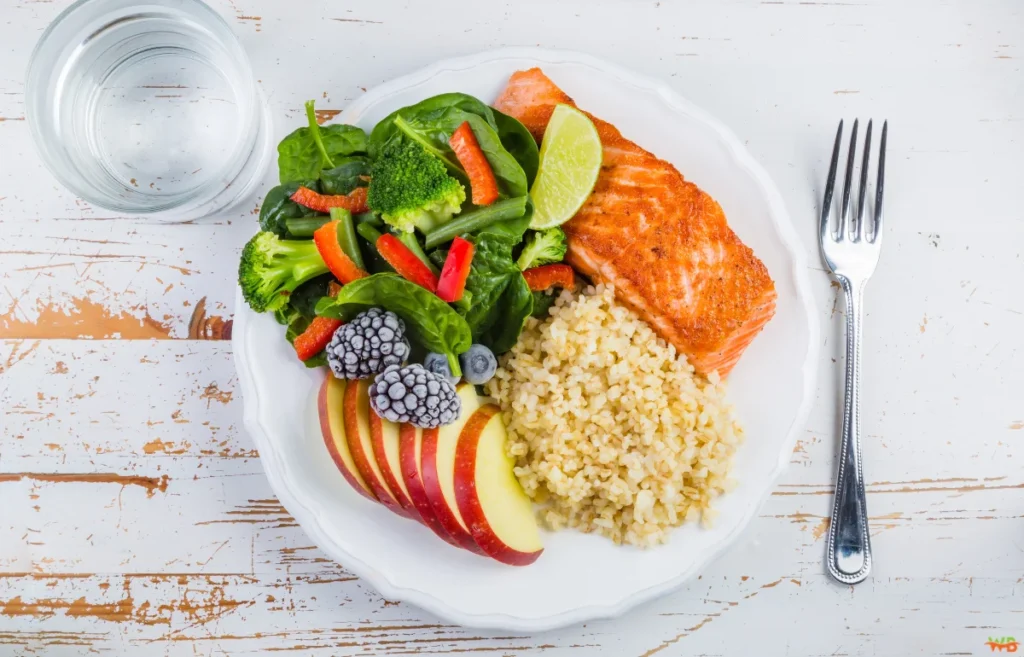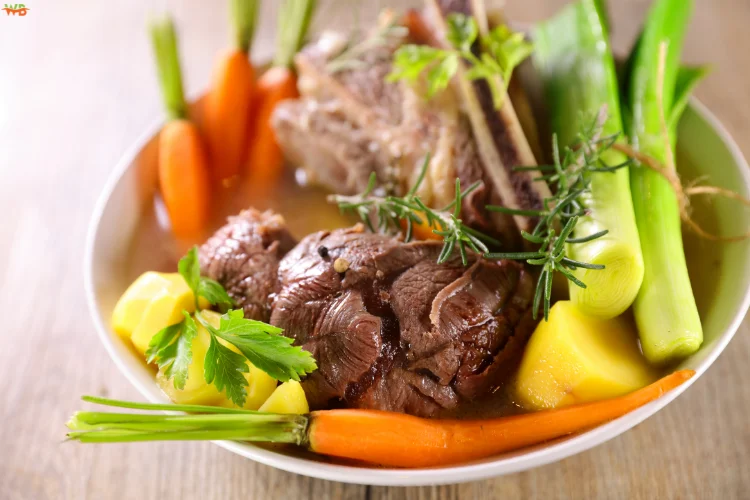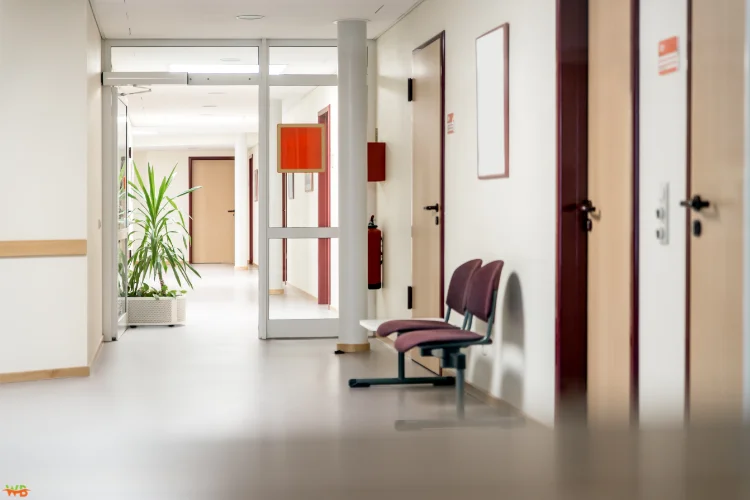Gastric sleeve surgery is a life-changing procedure that helps individuals achieve significant weight loss and improved health. However, many people wonder if they’ll ever eat “normally” again after the surgery. The truth is, while your eating habits will change, you can enjoy a wide variety of foods in smaller, healthier portions. This guide walks you through what to expect, from the immediate post-surgery diet to long-term eating habits, and how to navigate these changes successfully.
Gastric sleeve surgery Turkey, or sleeve gastrectomy, involves removing a significant portion of the stomach to create a smaller, sleeve-like shape. This not only reduces the amount of food you can eat but also alters hunger hormones, leading to reduced appetite. While the procedure offers many health benefits, including improved blood sugar levels and reduced risk of obesity-related conditions, it also requires a lifelong commitment to dietary changes.
Defining “Normal Eating” After Surgery
What is considered ‘normal eating’ post-gastric sleeve surgery? For most patients, it means eating smaller portions, choosing nutrient-dense foods, and being mindful of how you eat. While you may not return to your pre-surgery eating habits, you’ll develop a new normal that supports your health and weight loss goals.
The Immediate Post-Surgery Diet
The diet following gastric sleeve surgery is carefully designed to allow your body to heal and adjust to its new, smaller stomach. It progresses in phases, each with specific guidelines to ensure a smooth recovery while helping you transition back to eating solid foods. Let us evaluate each stage in greater depth:
1. Clear Liquid Phase
In the first few days after surgery, your stomach is extremely sensitive and still healing. During this phase, you’ll consume only clear liquids, such as:
- Broth (chicken, vegetable, or beef)
- Sugar-free gelatin
- Decaffeinated tea
- Water and electrolyte drinks
These options are gentle on your stomach and help keep you hydrated without putting strain on your digestive system. It’s essential to sip slowly and avoid gulping to prevent discomfort.
2. Full Liquid Phase
After a few days, you’ll transition to a full liquid diet, which includes thicker, nutrient-rich liquids. This phase typically lasts about one to two weeks and focuses on introducing protein to aid healing. Examples include:
- Protein shakes and smoothies
- Blended soups without chunks
- Low-fat milk or lactose-free alternatives
- Sugar-free pudding
At this stage, your goal is to meet your protein and hydration needs while continuing to avoid solid foods. Be mindful of portion sizes and sip slowly.
3. Soft Foods Phase
Once your stomach tolerates liquids well, you can move to the soft foods phase. This stage lasts several weeks and allows you to reintroduce gentle, easily digestible foods. Examples include:
- Mashed or pureed vegetables
- Yogurt or cottage cheese
- Scrambled eggs or soft-boiled eggs
- Flaked fish or tender minced meats
Eating slowly and chewing thoroughly is crucial during this phase to prevent discomfort or nausea. You’ll also begin to notice how little food your new stomach can hold, so portion control becomes key.
4. Solid Foods Phase
Around four to six weeks after surgery, you’ll begin incorporating regular solid foods into your diet. This phase marks the start of a more “normal” eating routine, with a focus on nutrient-dense, small portions. Foods to prioritize include:
- Lean proteins like chicken, turkey, and fish
- Steamed or roasted vegetables
- Whole grains like quinoa and brown rice (in small amounts)
- Opt for wholesome fats from ingredients like nuts, avocado, and olive oil
It’s important to avoid foods that are difficult to digest, such as fried items, tough meats, and carbonated beverages. Chewing thoroughly and eating slowly will remain essential habits to ensure comfort and proper digestion.
By following these phases closely, you’ll not only promote healing but also establish the foundation for long-term success with your new eating habits. Transitioning gradually helps minimize the risk of complications and allows your stomach to adapt to its reduced size effectively.
Adjusting to New Eating Habits
Eating after gastric sleeve surgery is a completely different experience that requires a mindful and patient approach. One of the most important habits to develop is chewing your food thoroughly, as this helps your smaller stomach digest food more easily and prevents discomfort. Eating slowly is equally essential, as rushing through meals can lead to nausea, bloating, or even pain.
Additionally, learning to listen to your body’s hunger and fullness cues is critical to avoid overeating, which can strain your stomach and hinder your recovery. While these habits may take time to develop, they are fundamental to ensuring your long-term success and comfort after surgery.
Long-Term Dietary Adjustments
Over time, you’ll establish a sustainable eating routine that includes:
- Balanced Meals: Focus on lean proteins, healthy fats, and complex carbohydrates.
- Mindful Indulgences: Allow yourself occasional treats to maintain a positive relationship with food.
- Variety: Incorporate a range of flavors and textures to make meals enjoyable and satisfying.
Gastric Sleeve Cost in Turkey
Turkey has become a leading destination for gastric sleeve surgery due to its affordability and high-quality care. The cost typically ranges from $4,000 to $6,000, significantly less than in the US or Europe. Most clinics offer packages that include:
- Pre- and post-surgery consultations
- Hospital fees and accommodations
- Airport transfers
With experienced surgeons and modern facilities, Turkey provides excellent value for patients seeking bariatric surgery.
Eating after gastric sleeve surgery is a journey of adaptation and growth. While your eating habits will change, you’ll gain the tools to create a healthier, more fulfilling relationship with food. By following your surgeon’s advice, staying mindful, and embracing your new lifestyle, you’ll thrive both physically and emotionally.
Ready to embrace a healthier, happier version of yourself? Luna Clinic is here to guide you every step of the way on your gastric sleeve journey. With world-class facilities, experienced surgeons, and personalized care plans, we ensure your transformation is seamless and stress-free.
Located in Turkey, a global leader in bariatric surgery, Luna Clinic offers affordable, all-inclusive packages, including pre-and post-surgery consultations, luxury accommodations, and airport transfers. We prioritize your health and comfort, ensuring a smooth and successful journey.
Take the first step toward a new you—visit Luna Clinic today to book your free consultation and start your journey to better health!

I’m Salman Khayam, founder of Wellbeing Junction. I synthesize trusted information from research and expert guidance to create clear articles across health, wellness, and lifestyle topics.
Disclaimer: Content is for informational purposes only and is not medical advice. Consult a qualified expert regarding personal health or specialized questions.





